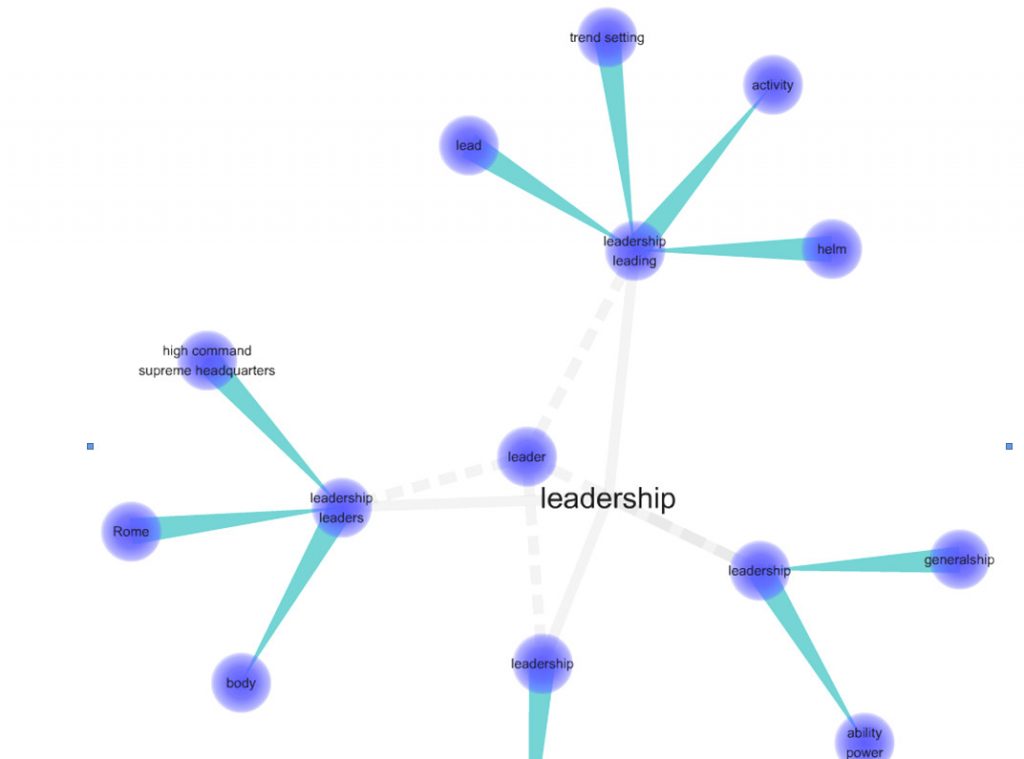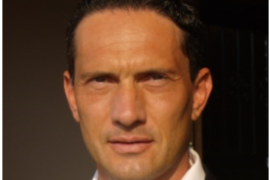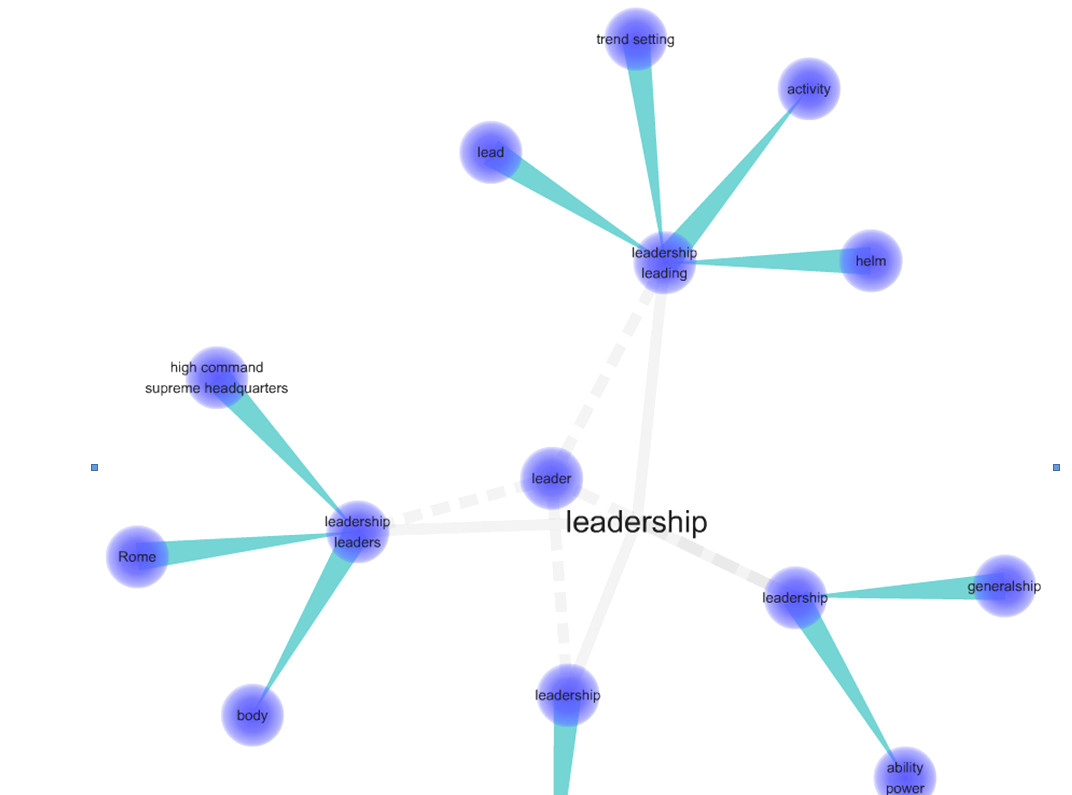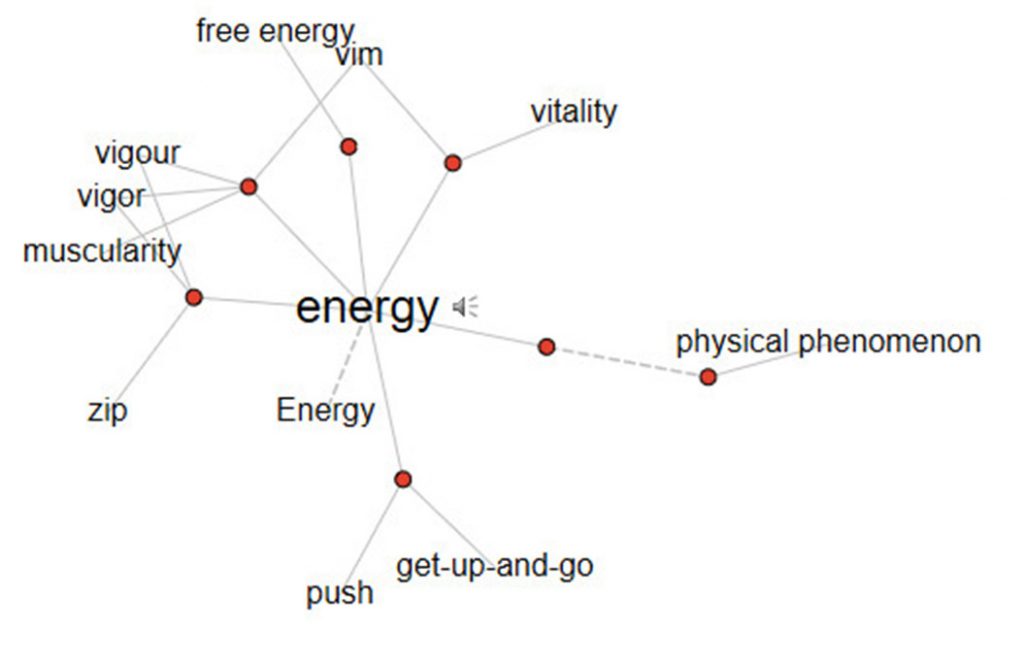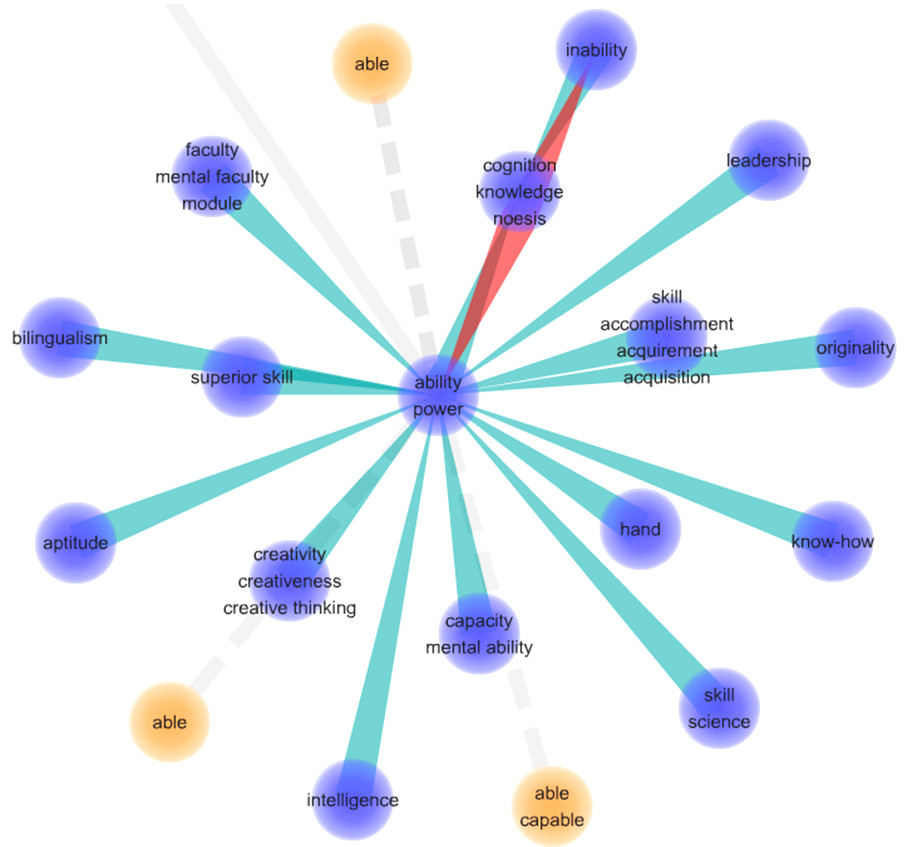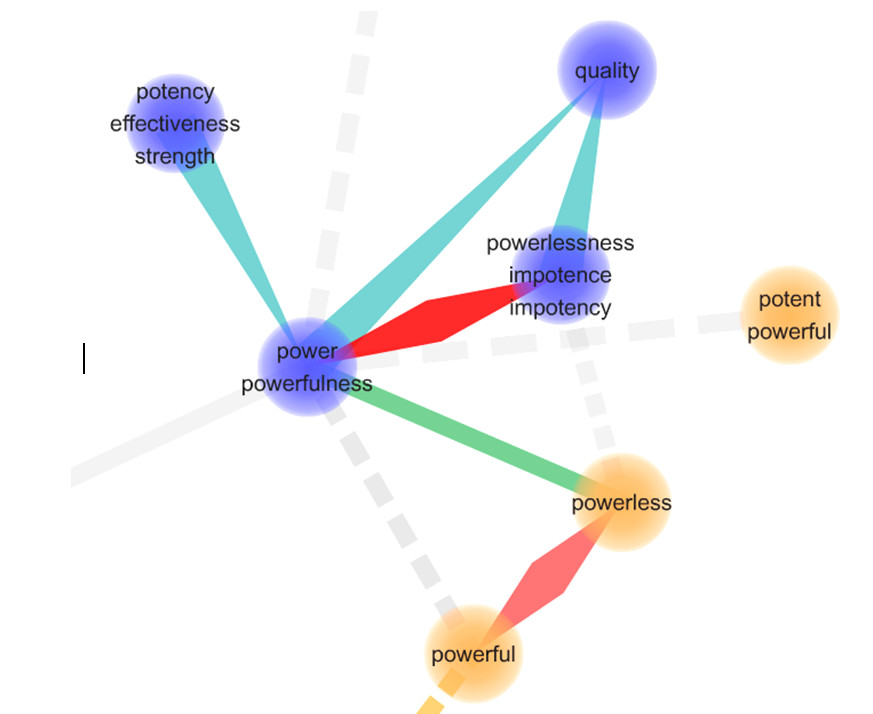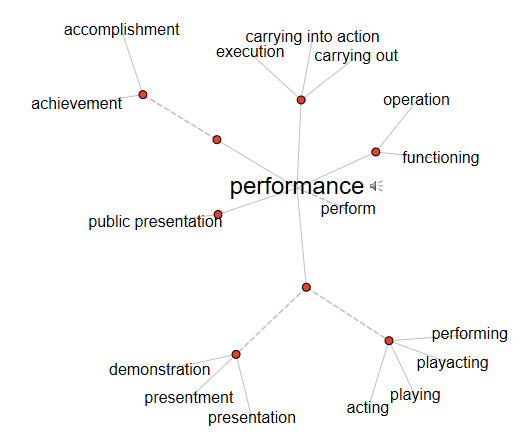A brief video on the Exa-Leadership Model, the 6 Stages of Leadership, by the Italian Author and Consultant Dr. Daniele Trevisani, from the book “Semiotics for Leaders“, with English subtitles
https://www.youtube.com/watch?v=RdCn0_dwVWU
Transcript of the Lesson on Leadership, by Dr. Daniele Trevisani
held at the Master in Coaching & Counseling STEP, 2015
by www.danieletrevisani.com
0:00:08.360,0:00:12.960
Well, let’s start with this second module of the morning
0:00:13.340,0:00:17.680
Theme: Communication and Leadership
0:00:17.680,0:00:20.480
Our Master Lecture on Leadership
0:00:20.840,0:00:24.400
Leadership is a very broad and wide concept
0:00:24.400,0:00:29.340
We can say that generally Leadership is the ability to “drive people” (but there are several ways in doing it)
0:00:29.340,0:00:39.320
Some interpret Leadership in a way that we can call “Primal Leadership” mode (Level 1 of the Exa-Leadership Model)
0:00:39.760,0:00:42.680
the “Leadership of the Leader of the Tribe” or Leader of the Pack
0:00:42.900,0:00:45.920
The Alpha Male, or the Alpha Female
0:00:45.940,0:00:49.460
That is to say: Who is stronger, leads
0:00:49.460,0:00:52.160
In this modality, the position of Leader is acquired by fighting
0:00:52.160,0:00:56.800
and is held and kept by fighting, since there is always someone that wants to get it, to grab it, to steal it, ok?
0:00:56.800,0:01:00.560
I refer to this, in the HPM Model, as “Primal Leadership”
0:01:01.560,0:01:06.440
Second modality of viewing Leadership is a Psychoenergetic Leadership (Level 2 of the Exa-Leadership Model)
0:01:06.920,0:01:09.880
That is, the superiority of Mental Energies
0:01:11.900,0:01:17.540
I like an example, Stephen Hawking, that is a leader in the field of Astrophysics
0:01:17.780,0:01:22.820
one of several leaders, an incredibly charismatic person,
0:01:22.820,0:01:24.580
he did incredible things,
0:01:24.580,0:01:27.220
he revolutionized the world of Physics
0:01:27.220,0:01:29.360
but he is paralyzed.
0:01:29.360,0:01:32.720
We cannot talk in this case of a Primal Leadership,
0:01:32.720,0:01:37.280
it’s not his body the source of inspiration for people, it’s his Mind
0:01:37.840,0:01:42.080
and mainly his capacity to continue working
0:01:42.080,0:01:46.160
in conditions in which 99.99% of other people would have quit
0:01:46.160,0:01:49.840
and would have quit not only today, but tens of years ago.
0:01:49.840,0:01:54.560
So, there is also a Leadership on the front of the Motivational Side.
0:01:54.560,0:01:58.800
The capacity to motivate themselves and auto-motivate others.
0:01:59.540,0:02:04.500
Than we have a third level of leadership, the Leadership of the Specialist (Level 3, Micro-Leadership Level in the Exa-Leadership Model)
0:02:04.500,0:02:09.000
So, if we have on example a Surgical Operating Room within a Hospital
0:02:09.000,0:02:16.000
you would see that in a Surgical Operating Room there is a specific time-frame that we can identify as “Leadership of the Anesthesiologist”,
0:02:16.000,0:02:20.000
in other words, the best in the team in doing anesthesia, leads. He drives the action.
0:02:20.000,0:02:21.500
Nobody can interfere with his decisions (on what to do and how to do his job as specialist)
0:02:21.500,0:02:24.060
because he is THE specialist.
0:02:24.060,0:02:30.180
Than, we’ll have a Leadership Phase of the Surgeon,
0:02:30.260,0:02:36.300
than, when you return in your room, there will be a Leadership Phase of the Head Nurse, and so on.
0:02:36.920,0:02:41.560
That is to say, the Third Level of Leadership is a Leadership Mode that is very focused on Micro-Skills, Micro-abilities (Leadership of the Specialist, Level 3 of the Exa-Leadership Model)…
0:02:41.580,0:02:45.600
…you have a Micro-Skill, you can do some things better than others
0:02:45.900,0:02:50.500
and you become the Leader, a Situational Leader, let’s call it this way.
0:02:51.200,0:02:52.420
4th Level.
0:02:52.420,0:02:55.620
Always referring to the HPM Model of Leadership
0:02:55.740,0:02:59.320
… it is a “Leadership of the Big Picture” (the capacity to see the big picture)
0:03:00.320,0:03:03.340
which is based on Macro-Skills (Level 4 of the Exa-Leadership Model)
0:03:03.340,0:03:09.480
What I am saying, is that it could be the case of a CEO,
0:03:09.480,0:03:14.020
who is not necessarily the best or most skilled of the company in the field of Marketing,
0:03:14.200,0:03:17.540
he is also not the best in Administration, or as Buyer, and in Logistics,
0:03:17.760,0:03:19.960
but he can coordinate all these Corporate Areas.
0:03:20.180,0:03:24.580
He must have a good knowledge of the various organizational areas,
0:03:24.700,0:03:28.820
without pretending to be the best in all of them.
0:03:30.000,0:03:35.160
So he has the ability to “cover” several areas and to “supervise” them.
0:03:35.160,0:03:41.800
This (Level 4 in the Exa-Leadership Model) is another and different Leadership modality, the capacity to “supervise” processes (Supervisory Leadership).
0:03:41.800,0:03:51.080
For coaching and counseling, this is very interesting, since a coach and a counselor can really be “supervisors” of client’s processes,
0:03:51.080,0:03:54.260
processes that the person can deal and bring ahead also together with other professionals,
0:03:54.880,0:04:01.880
on example, lawyers, supposing that in a marital separation there might be the need of a specific legal skills in some stages of the process….
0:04:02.240,0:04:07.740
… or processes that the person brings ahead with medical doctors, with other professional roles,
0:04:07.920,0:04:18.360
always keeping in mind that someone has to maintain a “helicopter view” of the whole process that the person is trying to carry out
0:04:18.380,0:04:27.740
And now, the 5th. The Fifth modality of looking at leadership is the Leadership of Project Management, the “Leadership of Projectuality”
0:04:28.020,0:04:31.380
What does it mean to be “Leader in Projectuality”?
0:04:32.540,0:04:38.260
It means to be that person that is able to transform an idea into a “To Do List”
0:04:38.260,0:04:40.740
the list of things that have do be done
0:04:41.580,0:04:45.640
So, a person that transforms a dream
0:04:45.840,0:04:48.880
into a project and into a “To Do List”
0:04:48.880,0:04:51.440
defining “Who” “Does What” and “When”
0:04:53.620,0:05:01.000
There are people that are extremely able in intervening inside an idea or a project
0:05:01.580,0:05:07.920
they might not bring any real creativity, but are able to set times, methods, procedures
0:05:08.180,0:05:12.600
and in assigning tasks, delegation and responsibilities
0:05:12.640,0:05:17.680
This is a Projectuality Leadership (5th Level in the Exa Leadership Model)
0:05:18.720,0:05:28.140
This applies to any field. On example in a kitchen, a Project Leadership becomes the ability to know what ingredients are needed and when to use them
0:05:28.140,0:05:32.860
and very likely the dish or recipe might have been decided by others. Project leadership has nothing to do with “generating” ideas but in getting things done
0:05:33.100,0:05:39.320
Than we have the Sixth and higher Level of Leadership (Level 6 in the Exa-Leadership Model): “Spiritual Leadership”
0:05:39.720,0:05:46.440
I can cite as examples Gandhi, Buddha,
0:05:46.900,0:05:53.900
I could quote any person that someone can consider to be a “Charismatic Leader” for the value that he/she expresses
0:05:54.560,0:05:58.880
for the “Values” and not for his/her physical power or physical strength,
0:05:58.960,0:06:02.440
and not for a capacity in Project Management, but for the Values.
0:06:02.480,0:06:07.920
So, Spiritual Leaders are those in which we recognize values
0:06:07.920,0:06:13.280
we recognize ourselves in those values, we nourish ourselves with those values
0:06:13.380,0:06:16.020
those values inspire us in improving us
0:06:16.020,0:06:22.340
they inspire us in growing again, in changing the world, or in leaving a better human race behind us
0:06:22.340,0:06:24.340
This is a Spiritual Leadership
0:06:24.740,0:06:26.840
and now you imagine
0:06:27.360,0:06:31.000
That these 6 Leadership Levels
0:06:31.080,0:06:33.980
can be singularly present
0:06:33.980,0:06:39.660
on example, in having a Leader that has one specific strong trait among 6 highlighted (and might be weak on others)
0:06:39.660,0:06:44.140
and with that single strong trait, he will be able to do great things
0:06:44.140,0:06:48.620
or a Leader that has 2 strong traits, or 3 strong traits, or even more, up to 6
0:06:48.620,0:06:59.740
so we have a view of Leadership Styles based on the analysis of which typical “strong trait” a leader is using (within the Exa-Leadership Model)
0:06:59.780,0:07:03.700
so, if we look at Leader (among political Leaders) as Putin
0:07:04.000,0:07:08.400
you will see a Primal Leadership in action, a “bodily leadership”
0:07:08.400,0:07:14.480
expressed in the “walking style”, in the way to stare or look at the counterparts in the eyes, an almost “challenging mode”
0:07:14.480,0:07:21.480
a “Leadership of the Fighter” (ps. Putin is also a Judo Black Belt and his Martial past and history made an imprinting into his bodily style)
0:07:21.480,0:07:23.240
than. you will see in him also other Leadership levels in action, but this is a very typical case of Primal Leadership Style
0:07:23.240,0:07:32.440
If we went to analyze e.g. Gandhi, we could not talk about a form of Primal Leadership (Level 1), but instead of a Spiritual Leadership (Level 6)
0:07:32.820,0:07:38.220
If we observe a Master in Martial Arts,
0:07:38.480,0:07:47.340
we will very often see a leader in the Macro Skills (level 4) that are needed
0:07:47.540,0:07:51.320
and hopefully also in the Projectuality (Level 5), in the Skills that are needed to be able to take an athlete
0:07:51.740,0:07:55.520
and make him improve along the areas in which he has gaps and needs to improve
0:07:55.960,0:07:59.360
Clearly, however, if in a (Martial Arts) Gym happens that
0:07:59.680,0:08:04.320
the Master adopts a Self Perception of Primal Leader
0:08:04.340,0:08:08.340
that will mean that the Master will beat everybody in the Gym
0:08:08.340,0:08:12.500
he will attempt to show his power and his territory by “kicking everybody’s ass”
0:08:12.500,0:08:19.500
as the Alpha Monkey does within a tribe of Monkeys, where he – each now and then – attacks those who pass too close,
0:08:19.500,0:08:23.100
just to show that he is the Alpha Male and Leader of the Tribe
0:08:23.100,0:08:29.980
In another (Martial Arts) Gym, we could instead have someone who uses a Spiritual Leadership (level 6)
0:08:29.980,0:08:32.280
conducted by means of meditation session, reflective activities,
0:08:32.380,0:08:35.840
acting as Counselor and as Coach in helping his students
0:08:35.840,0:08:39.680
very probably without any need to demonstrate his skills
0:08:39.680,0:08:46.680
and even having much lower bodily skills of his students, it does not matter since his Leadership is on the Spiritual Side, not on the Body Side, he is the “Spiritual Glue” of his group
0:08:46.680,0:08:55.340
So leadership has a lot to do with the ability to let a group become what that grup might become
0:08:55.340,0:08:59.460
or in helping a person in growing, achieving his/her Personal Development and improve him/herself
0:08:59.460,0:09:03.380
and this is the really most profound meaning of Leadership
Copyright by Dr. Daniele Trevisani www.danieletrevisani.com


